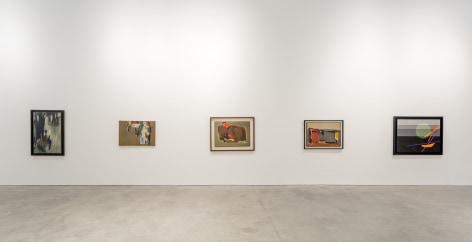
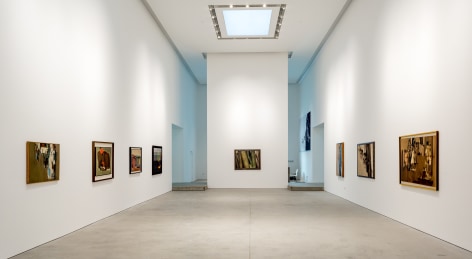
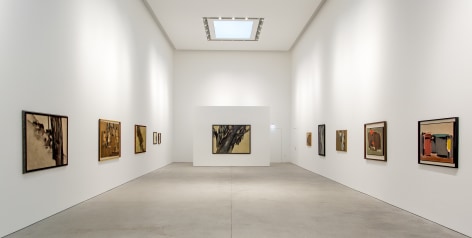
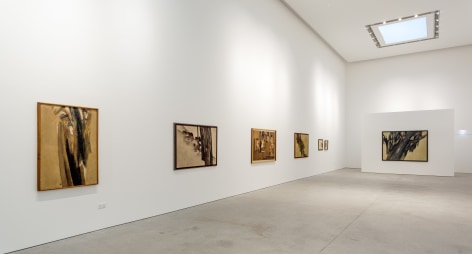


Untitled (From the tree series), ca. 1970
Oil on canvas
39.4 x 59.1 in / 100 x 150 cm
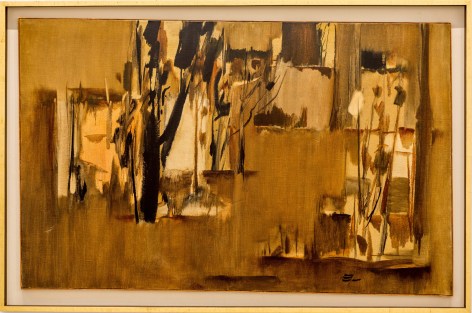
Untitled, 1960
Oil on canvas
39.37 x 63 in / 100 x 160 cm

Untitled, 1960
Oil on canvas
27.56 x 39.37 in / 70 x 100 cm
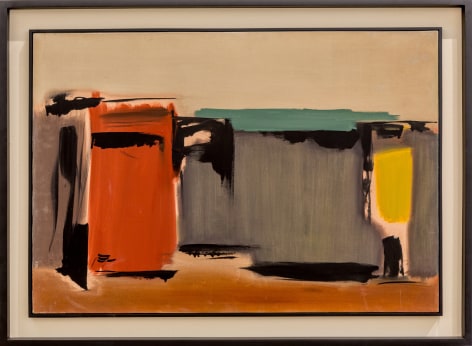
Untitled, 1960
Oil on canvas
27.6 x 39.4 in / 70 x 100 cm
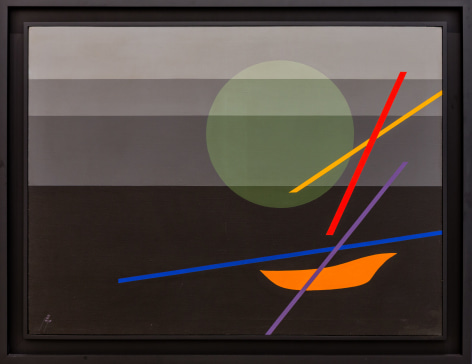
Untitled (from the Abstract Series), 1970-1979
Oil on canvas
38.2 x 51.8 in / 97 x 130 cm
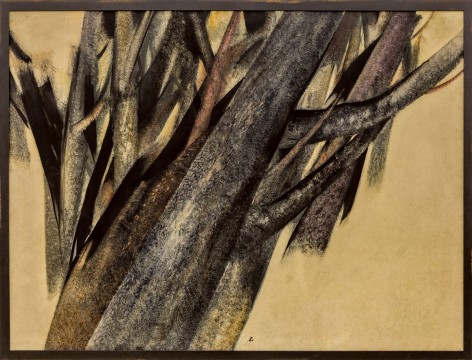
Untitled (From the tree trunk series), 1976
Oil on canvas
59.1 x 80.7 in / 150 x 205 cm
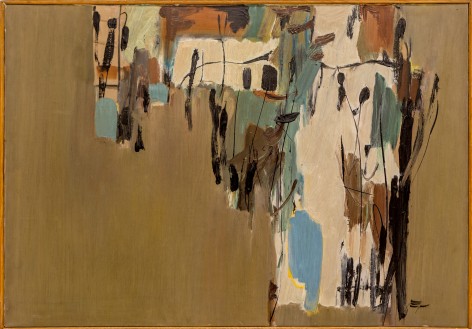
Untitled, 1966
Oil on canvas
27.4 x 39.4 in / 70 x 100 cm

Untitled, 1977
Oil on canvas
41.3 x 29.5 in / 105 x 75 cm
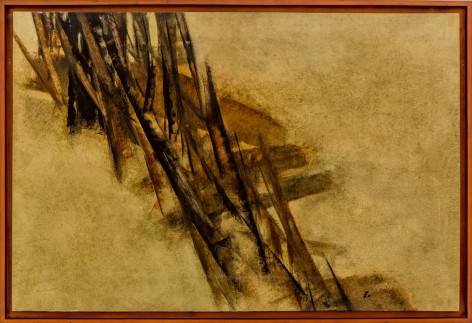
Untitled (From the tree trunk series), 1970
Oil on canvas
39.4 x 59 in / 100 x 150 cm

Untitled (From the tree trunk series), 1972
Oil on canvas
38.2 x 49.5 in / 97 x 126 cm
Sohrab Sepehri was a leading Iranian modernist poet and painter. In both his poetry and his paintings, Sepehri expressed a layered sensibility through his distinct abstract landscapes. Sepehri was a traveler, absorbing various cultures whose influences became manifest in his canvases. He studied lithography in Paris, Japanese calligraphy in Tokyo, and Buddhism in India. These influences produced a unique painterly quality – variously marked by bold brushstrokes, or gestural swipes marked by a quiet, precision. He reinvented landscape painting, creating a visual poetics that went against the grain. At a time when Iranian society was experiencing rapid modernization and urbanization, his paintings were imbued with a nostalgic return to a more placid naturalism.
“All my dreams led to the desert and to the trees,” Sepehri wrote, referring to elements of peace, harmony and balance he found in nature. His study of Taoist and Zen Buddhist concepts of nature and life practice serve as the crucial underpinning of his poetry and paintings, inviting the viewer to explore the dynamics between the spiritual and natural world as presented in Sepehri’s work.
In the 1960s, Sepehri began painting stark close ups of tree trunks—which perfectly combined Western modernism and Japanese minimalism into a Persian aesthetics. The tree paintings have become iconic canvases in the Iranian modernist canon. To Sepehri, trees symbolized munificence and permanence in a world tainted by malevolence. Tree trunks served as icons of abundant strength. His fascination in depicting sections of the trunk, rather than the entirety of the tree, was intentional and draws on Taoist principle of absolute truth. In his works, it is the imagery that is not depicted which alludes to the mystery of a unified cosmos while reflecting the limits of our perception. Visiting his studio in Iran during this period, the trailblazing American collector Abby Weed Grey observed, “His canvases are abstract poems about the earth.”
Sepehri combined his intertwined careers as a poet and a painter. He published several volumes of poetry, and his Hasht Ketab (Eight Books) is widely considered a masterpiece of New Persian Poetry. His poetry has been translated into several languages, including English, French, Spanish, Russian, and Arabic. In 1958, Sepehri became among the first Iranian artists to exhibit at the Venice Biennial. He also showed at the first Tehran Biennial held in the same year. During his lifetime, Sepehri held several solo exhibitions in Tehran but also participated in international exhibitions—in Brazil, France, the US, and at Art Basel.
Following his tragic death from leukemia in 1980, for some years, his paintings were rarely seen in public venues. Leila Heller Gallery’s presentation of Sepehri’s paintings marks the first in-depth exploration of the artist’s practice since his retrospective at the Tehran Museum of Contemporary Art in November 2009-January 2010. Sepehri’s paintings are in major international collections, including the Tehran Museum of Contemporary Art, the Metropolitan Museum of Art and the Grey Art Gallery of New York University.